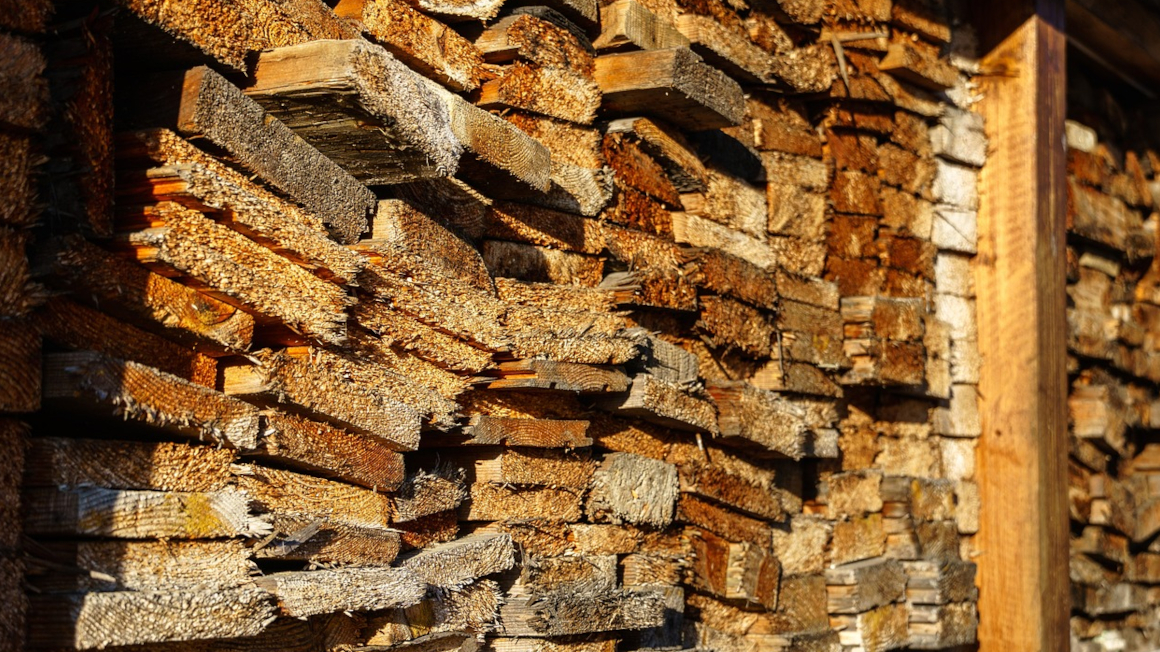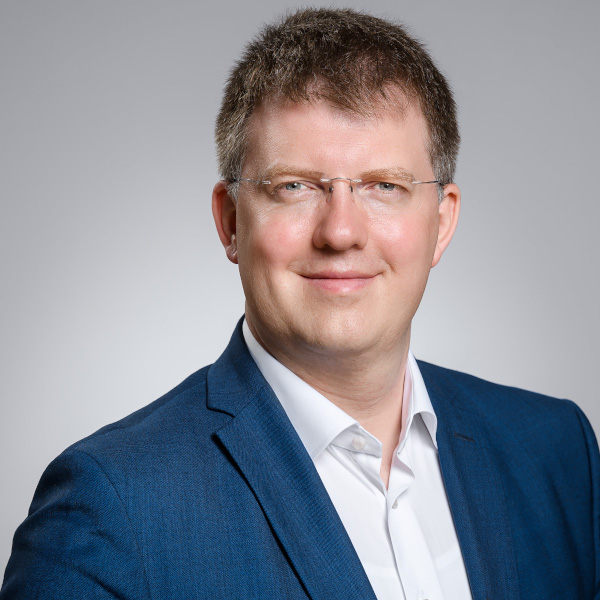Lindau: Spotlight on green chemistry
This year's Lindau Nobel Laureate Meeting at Lake Constance covers topics such as the future of chemistry, climate change and the trust in scientific data.

The Lindau Nobel Laureate Meeting is a prestigious melting pot for Nobel Laureates and talented young researchers. The renowned event has been held every year since its inception in 1951 and takes place during the last week of June at Lake Constance in the south of Germany. This year, 28 laureates have come together in Lindau. The overarching themes alternate between Chemistry, Physics, and Medicine & Physiology each year – this year the focus lies on Chemistry. There are three core topics at the heart of this year’s meeting: regulating and interpreting the growing amount of data regarding molecule structures and reaction properties (big data); climate change and how understanding molecular properties enables possibilities to counteract global warming (“green chemistry”); and defending scientific facts in a post-truth era.
Wanka aims to build bridges with Science
The meeting is organized by the Council of the Lindau Nobel Laureate Meeting and the Foundation of the Lindau Nobel Laureate Meeting with numerous supporters in academia, industry, and politics. The German Federal minister of research and education, Johanna Wanka, hosted the Summer Festival of Science at the eve of the meeting on Saturday, and held a welcoming address at the opening ceremony on Sunday, stating that “Science can build bridges even before diplomacy.” The participating 420 junior researchers who are all under the age of 35 stem from 78 countries worldwide, and were hand-picked by a strict committee that evaluated their applications on scientific merit. The proportion of women among the selected young scientists this year is 45 percent. “For the field of chemistry that is a substantial number”, says Wolfgang Lubitz, Director of the Max Planck Institute for Chemical Energy Conversion, Vice-President of the Council for the Lindau Nobel Laureate Meetings and scientific co-chairperson of this year’s meeting.
Green Chemistry in the post-truth era
The currently widely debated topic of global warming and climate change is a recurring theme during the meeting, with several Laureates addressing the issue directly during their lectures. Mario Molina for instance, who received his Nobel Prize in 1995 together with Paul Crutzen for the discovery and deciphering of the development of the hole in the ozone layer, and served as scientific adviser for the Obama administration, emphasized in his talk: “Science is neither good nor bad – it merely provides facts!” And based on these facts scientists were able to calculate accurate models of global warming, Molina continues, it is only when policy and industry get involved that it becomes a matter of scientific accuracy and integrity.
While many of the laureates openly speak up for pushing back against alternative facts, others focus on the basic research underlying new inventions that might help combat climate change. Ada Yonath, who received her Nobel Prize in 2009 for deciphering the function of Ribosomes as protein building machines in every cell, asked for more originality in basic research. “True innovation is built upon ‘thinking outside the box’ and not simply following in the footsteps of others”, Yonath said in an interview. She believes that science provides the tools for a greener and more sustainable, environmentally sound future.
Inventing the future
One such practical example was given by Bernhard Feringa during his lecture. He received the Nobel Prize only last year for the design and synthesis of molecular machines – for what could soon become nano-robots. His molecular machines are light sensitive and undergo a conformational change when illuminated. When this conformational change-motion is repeated several times, the molecular structures act as a rotary motor, which in turn offer an enormous potential of industrial applications: from self-cleaning windows, to photo-controlled chemotherapeutic agents, or nano-robots that clean polluted air and water. Feringa closes his lecture by motivating the young scientists: “The best way to predict the future is to invent it.”
Judith Reichel


